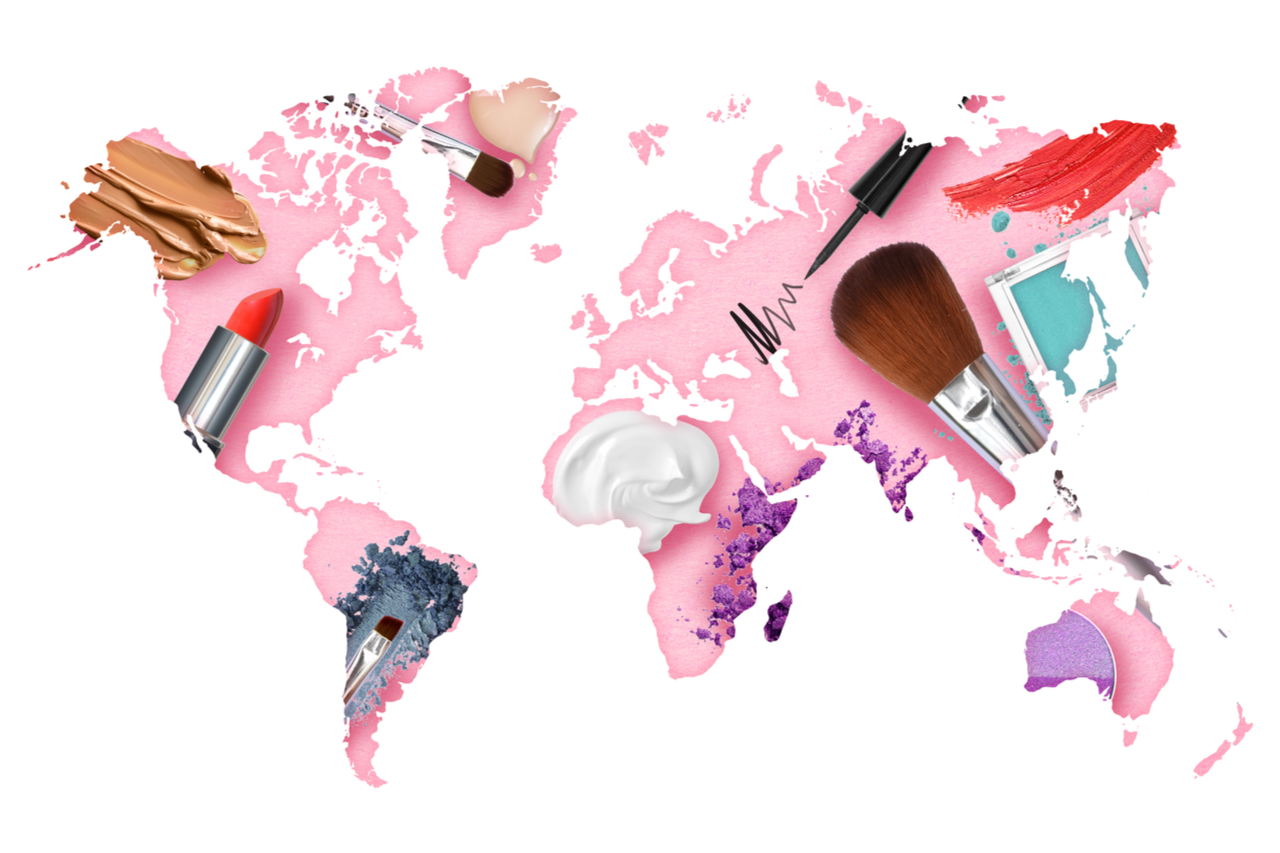In China, selfie culture has created such unattainable beauty standards that body and face ideals in that country have been changing because of it.
Prof. Jaehee Jung wrote in a study published in the Family and Consumer Sciences Research Journal that “the beauty industry is booming in China” and according to her, young Chinese women are “endorsing the Anglo-European image of beauty” mostly because of the Westernization of Chinese culture. Moreover, Jing Daily’s Jiaqi Luo claims that “despite the surge of feminist ads in recent years, the Chinese attitude towards women aging remains hostile.”
This demolition of natural beauty ideals in favor of impossible mediated ideals stands in contrast to Europe and the U.S., where buyers have embraced a more reasonable standard of beauty, such as with the recent Dove beauty campaigns #MyBeautyMySay and Dove Real Beauty. Today, Chinese consumers are obsessed with perfect skin and ageless features, and they invest in luxury skincare products which come with a hefty price tag. This offers both new demands and opportunities for beauty brands. While opportunities arise from entering a dynamic market where the beauty segment is one of the fastest-growing in retail, the challenges come from understanding the particular needs of this audience.
As a society that’s strongly focused on appearance, both women and men in China feel a lot of pressure to stay youthful. And according to Tao Yi Xue from Cinda Securities, China has entered “the male beauty era.” One only has to look at the gradually reducing gap in beauty consumption between men and women in China to see that this is true. Furthermore, research from HKTDC shows that 63 percent of their male interviewees use “cleansing milk, lotion, or face cream,” while Euromonitor indicates that men’s skincare products recorded a 6.9 percent jump in sales.
It would be too easy to downplay China’s obsession with beauty as an egotistical preoccupation, but the truth is more complex. Before anything else, beauty brands need to understand the psychological drivers and the nuances of Chinese culture, and then they’ll see why locals are bullish on beauty.
China has a long history of beauty enhancement treatments and organic cosmetics. For thousands of years, Chinese women used eastern medicine to maintain a light complexion and youthful appearance. Ginseng, astragalus (Huang Qi), Goji, green tea, herbs, and ornamental minerals like jade were used to enhance beauty marks, maintain flawless complexions, and minimize unpleasant features. This system of herbology remained in place until very recently, and we still find Chinese women trying to alter their complexions to look paler. Undoubtedly, this back story of cosmetics usage can be seen as the foundation of today’s beauty craze, but the influence of recent socioeconomic factors shouldn’t be excluded from the discussion.
As China embraced Xi Jinping’s vision of becoming a “strong, democratic, civilized, harmonious and modern socialist country” by 2049, hundreds of millions of people entered China’s giant new middle-class while gaining more disposable income. These middle-income consumers are the ones responsible for the increase in consumption levels. Psychologist Abraham Maslow pointed out that individuals have a hierarchy of needs, and once those first four groups are satisfied — physiological, safety, love, and esteem — people turn towards self-actualization. China’s middle- class is now in the self-actualization phase where consumers pursue products and brands that communicate their accomplishments, and in a society where youthful looks is a sign of personal success, beauty products, and anti-aging skincare are a means to an end.
And then there’s the digitalization of society. As younger consumers become more connected and better informed, they turn toward social media websites and apps for information and product reviews. The abundance of data available online transforms beauty buyers into ingredient geeks — something that gives more innovative beauty companies an edge. Therefore, not surprisingly, hi-tech beauty devices like ZIIP and luxurious skincare brands that offer niche products such as La Prairie, Lancôme, Shiseido, and Sulwhasoo are now in high demand.
Meanwhile, studies show that Chinese consumers still find foreign beauty brands more appealing than their domestic counterparts, believing that Western cosmetics offer higher quality. Given the above-mentioned points, it seems safe to say that China’s beauty addiction is not a passing trend or a short-lived obsession but an enduring reality that international brands would be wise to monetize as soon as possible.

